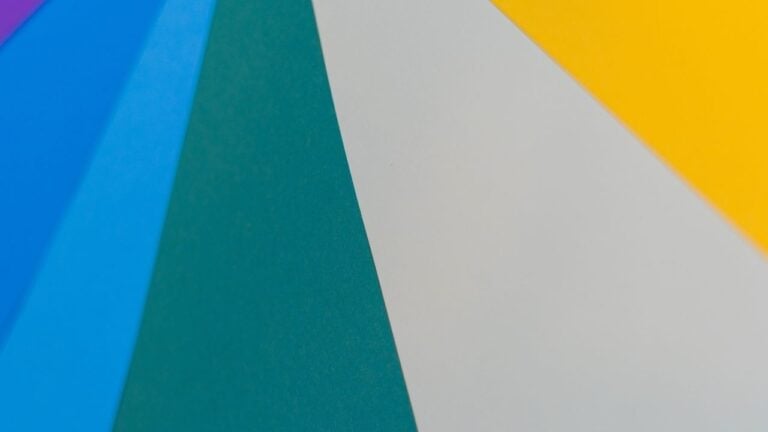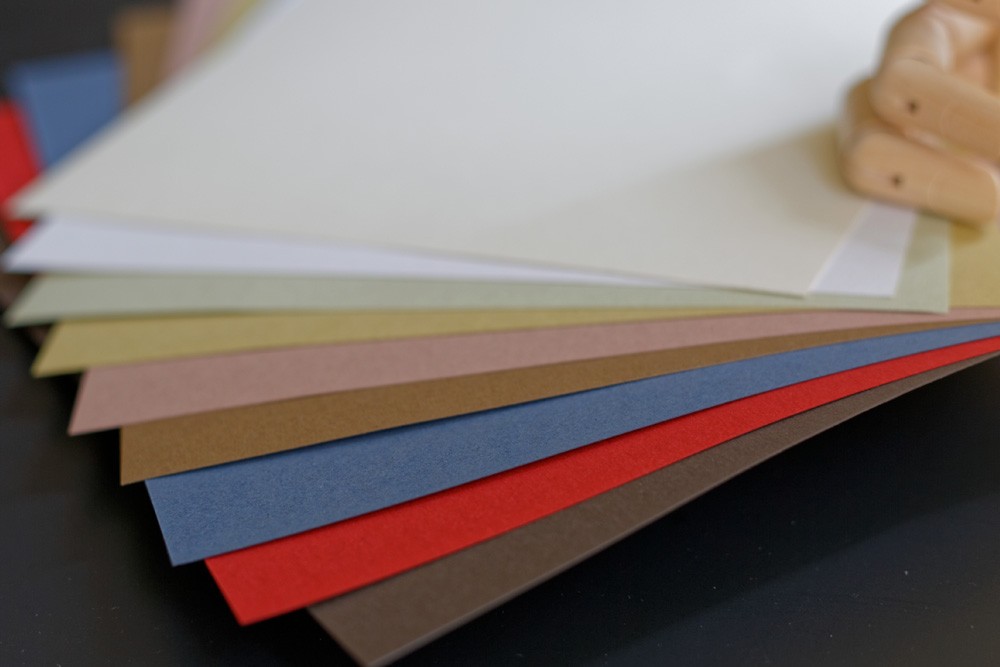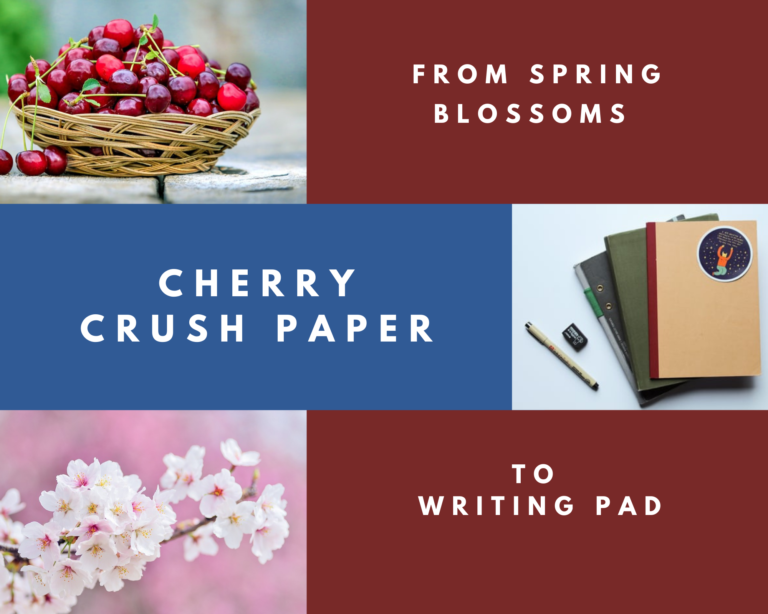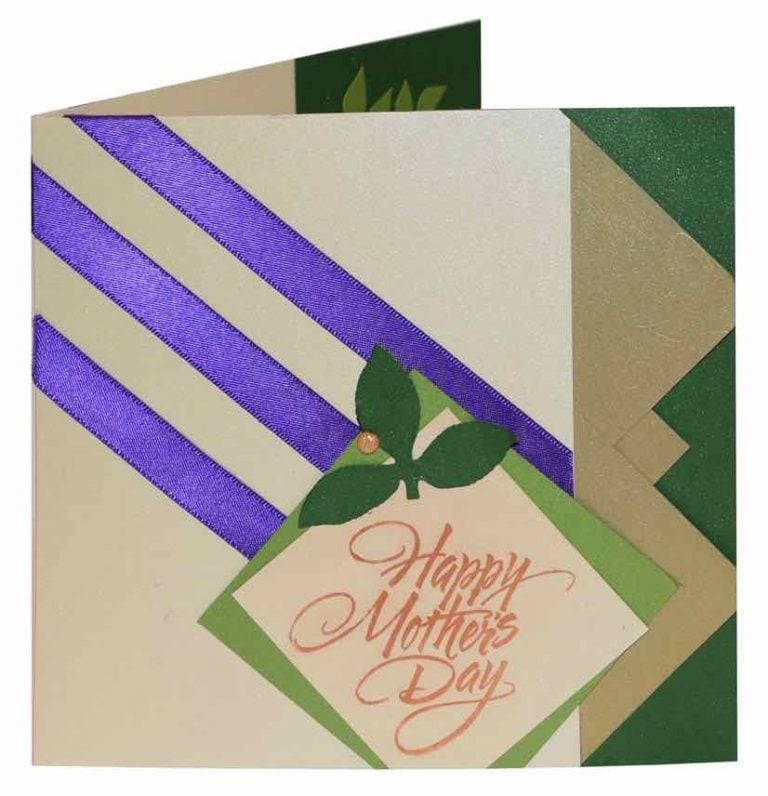How to Choose the Right Paper – Key Benefits & Tips
Despite the rise of digital realism, paper remains an indispensable commodity if you rely on printing. It is an essential component of any home office or business supply stock. If you are tasked with buying paper for the printer, the right paper can make a lot of difference.
Buying commercial paper can seem routine, but it’s an important choice. You need quality paper to ensure the final product is crisp and professional. Still, many people don’t think about paper quality when buying high-quality paper for printing.
Factors to Consider When Buying Paper
The brightness, quality, and weight are important in paper selection when purchasing paper, though; there are other factors to consider. So, these are the key benefits to evaluate while buying paper.
1. The Quality of the Paper
The quality of the paper depends on its whiteness or the specific shade of the paper. This whiteness index is crucial because whiter paper material has higher quality. You need to differentiate between whiteness and brightness when choosing printer paper.
Buy whiter paper for printing, especially when buying paper for color printing. High-quality paper helps the office printer and employees perform better, though the balance between ink and paper shade determines the outcome.
2. The Paper’s Weight
Don’t assume the paper’s weight when buying paper in bulk because you don’t want to use too heavy or light paper. You determine the paper thickness by weight in grams; the higher the weight, the thicker the paper.
Also, thicker paper is likely to be more opaque. Check the manufacturer’s specifications for the paper and determine the right weight.
A heavy paper is effective for professional documents, while the lighter paper is ideal for everyday use. Hence, a 24 lbs paper is the best choice for general office use and a heavier one for resumes and other important documents.
Regular paper weighs anywhere near 20 lbs, lower than heavy paper that weighs above 30 lbs.
3. The Paper’s Brightness
Besides whiteness and weight, color contrast is important when buying print paper for office or home printing. A bright paper means your output will be brighter and lighter. A paper’s brightness describes how much light it reflects.
When buying paper for printing, consider a higher brightness level for important presentations. Print papers vary in brightness, measured on a 0-100 scale, with 100 showing a greater brightness level. The print will look better on brighter paper, regardless of your printer.
Papers with higher brightness make colors more appealing and vibrant. The brightest paper is easier for general office use, allowing you to print crisp images and text. In contrast, when using less bright paper, images may come out much darker
4. Color and Shade of the Paper
Papers come in different colors, so choose one that will meet your needs. You cannot compromise on the paper shade if you want to get a unique design. For example, your design may look cheap and lose its worth if you choose a poor color shade. Usually, a color can have different tones that make it look warmer or colder.
5. The Finish
Some printer papers are uncoated, while others come with a special polymer. The coating gives the material properties that differ from paper to paper. It affects the feeling of your product since some items with lots of photos and illustrations look better with coated paper.
When discussing paper finishes, there is a wide variety. A smooth finish is soft and waxy, while vellum is unique with a slight roughness. Choose a finish depending on your preference and the nature of the task.
6. The Environmentally friendly Paper
Consider buying recycled paper as it is the greenest option. It uses less water and energy and can also produce fewer carbon emissions. Using recycled paper can also protect natural habitats for birds and animals.
It is also more efficient when considering paper bulk meaning in manufacturing and causes less air pollution. An environmentally friendly paper is made from recycled materials.
7. The Price of the Product
When buying paper, you should always consider the price and whether it fits your budget. Look for an affordable but high quality paper for printing. A bright, quality sheet is more expensive but worth the price. Also, look at the business practices and reputation of a company. A respected paper distributor doesn’t quote a price the mill does not back.
Final Thoughts
The type of paper you get depends on your business needs and corporate image. Choosing the right paper can save you time and money. Ensure you test the paper before rolling it out, checking for quality and printability.
If you are seeking a paper supplier, PaperPapers provides a wide range of high-resolution paper in bulk cheap that will deliver stunning prints. Browse through their extensive printing supplies, whether you need a glossy for office or home use. They sell paper with a quality you can trust.







